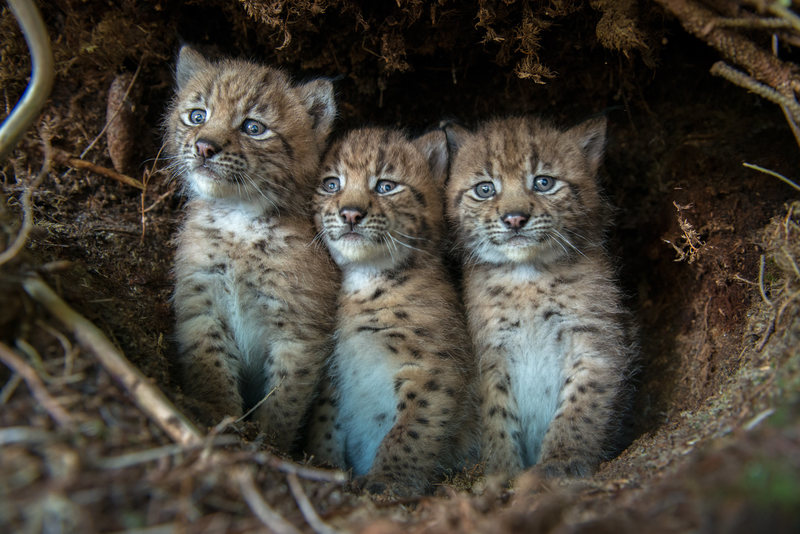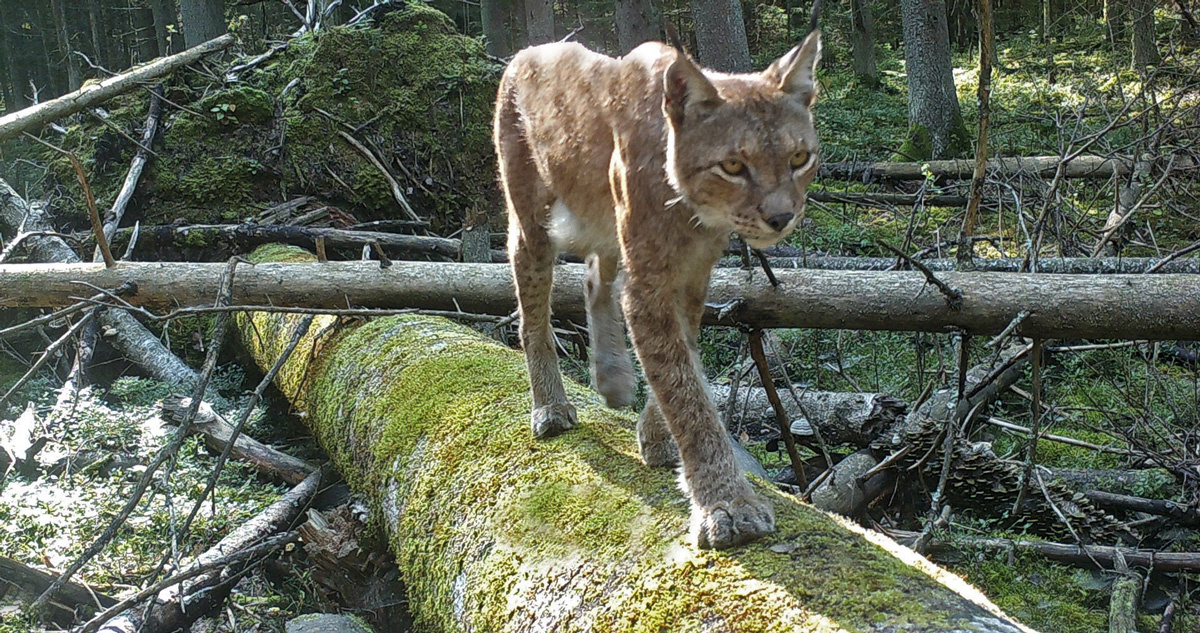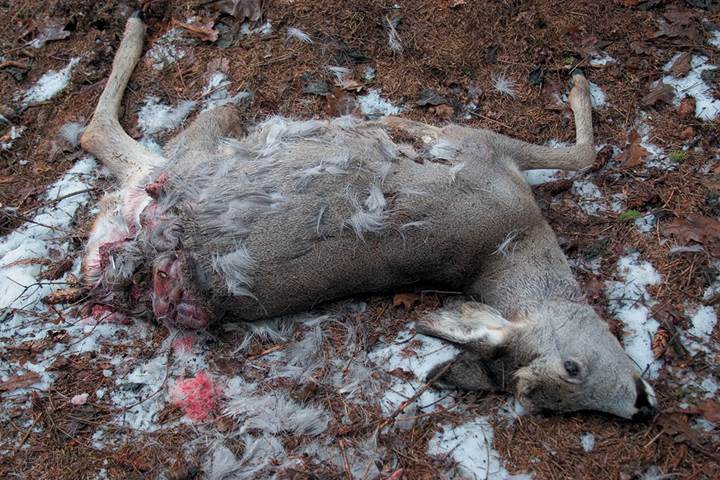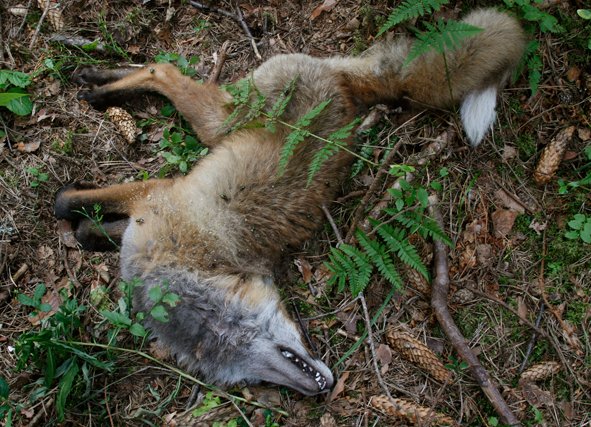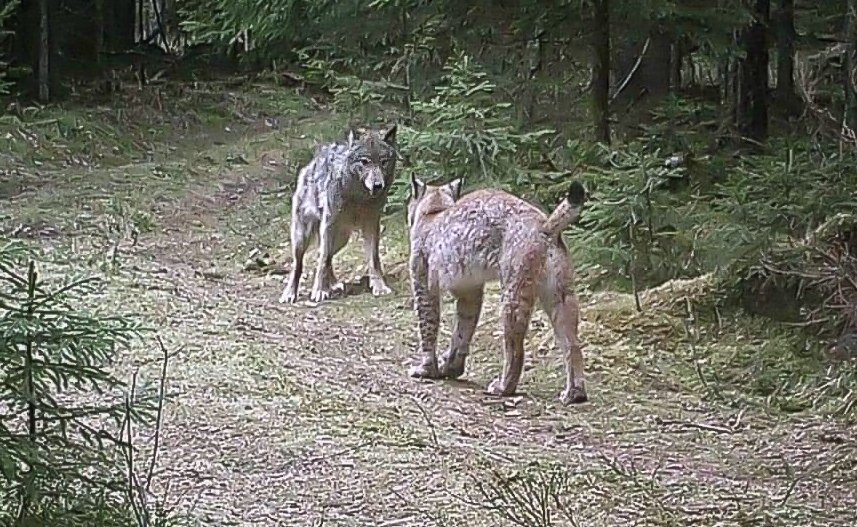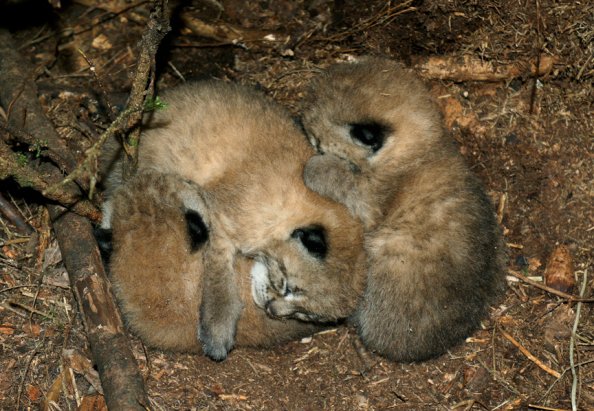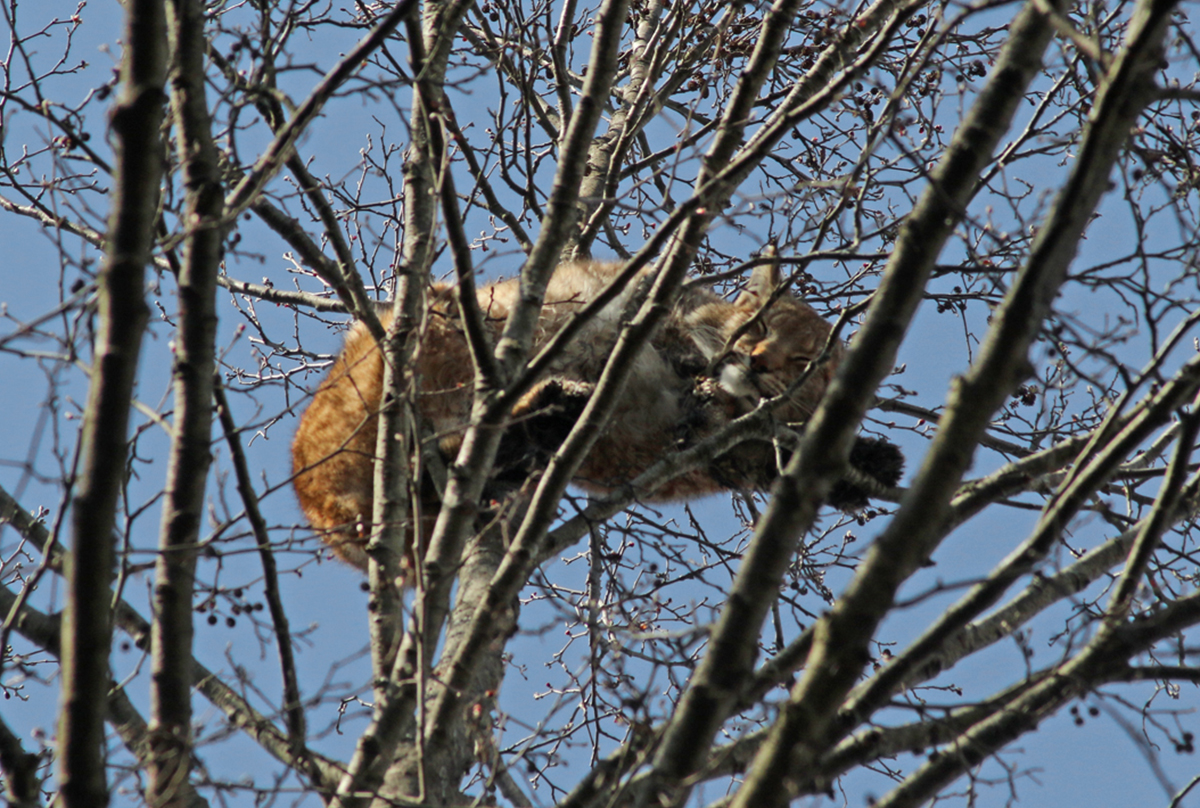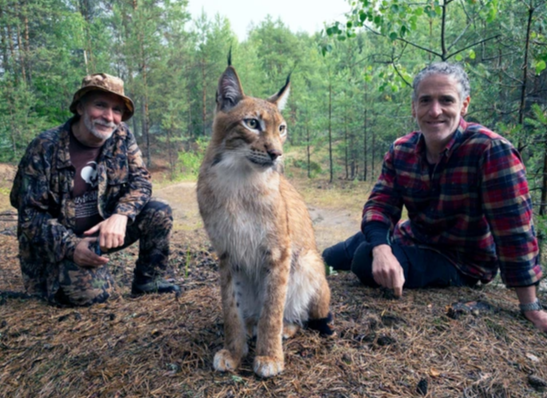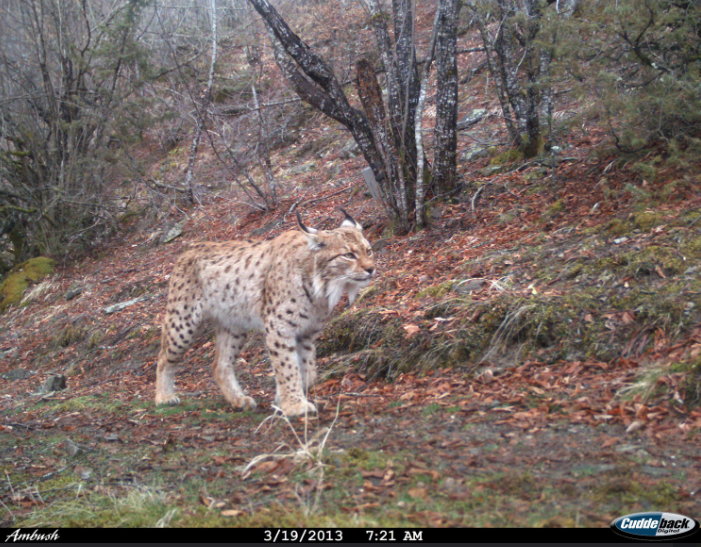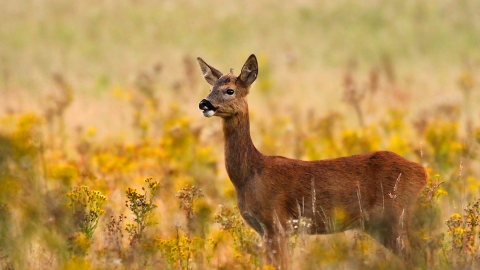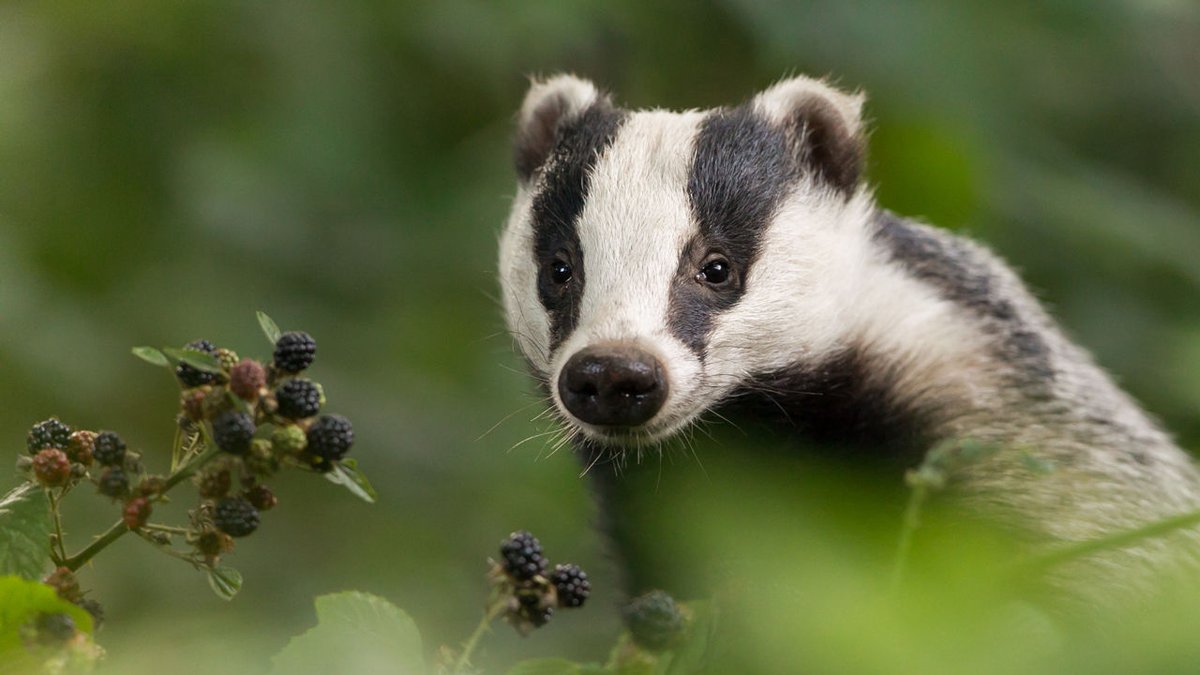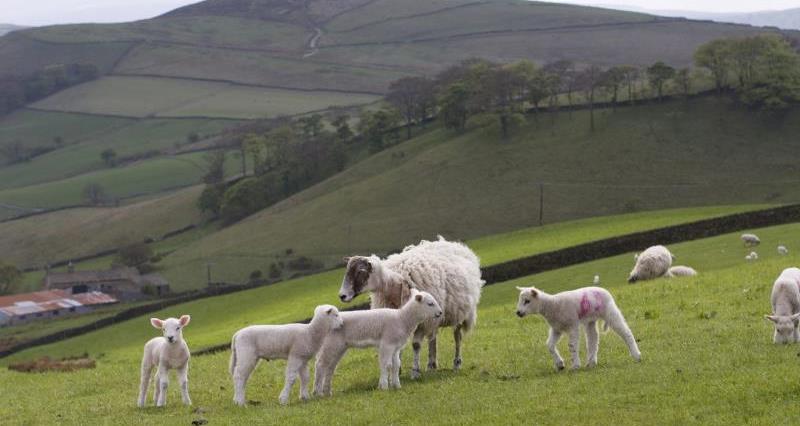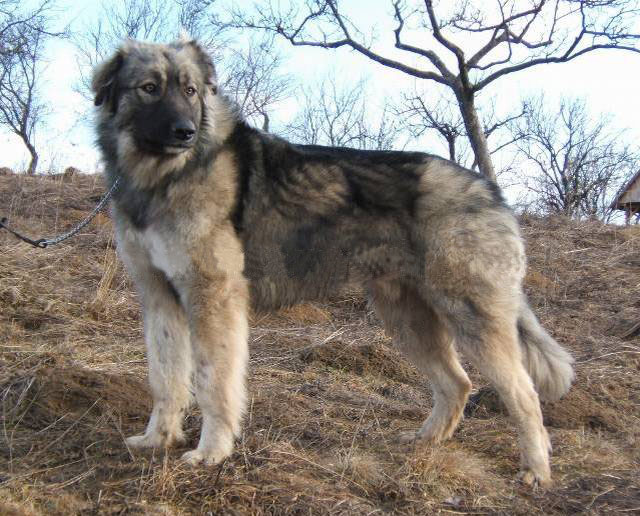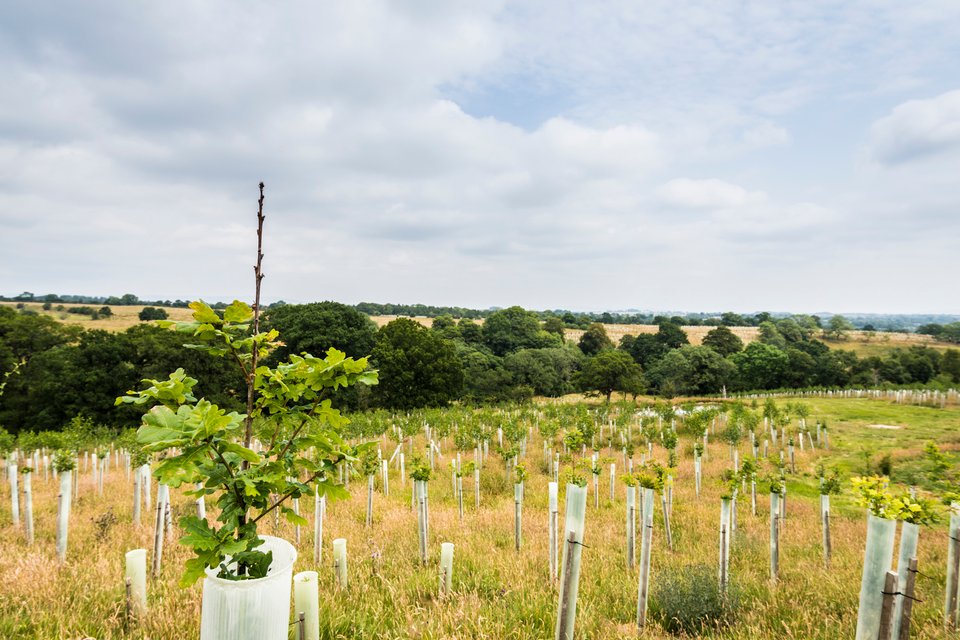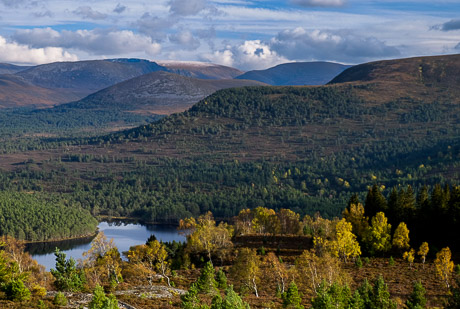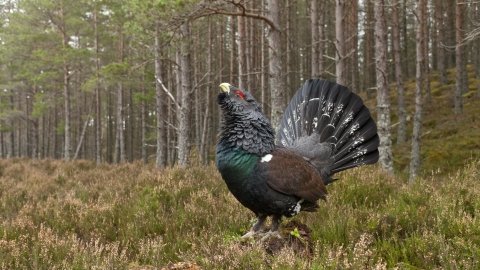1. LYNX. Quiet. Solitary. Tufted. Obscure. We’ll explore in coming weeks what other species lynx could save, but in this thread, we’ll focus on landowners. Some are equivocal, some opposed, some curious. Others don’t know much about them. Could lynx help landowners? Which ones?
2. The Lynx is to the wolf what a cat is to a pack of hounds: an entirely different animal. Wolves are social: lynx, solitary as adults. Wolves take large prey collectively: lynx – smaller prey & singly. Most of all, lynx are cover specialists - tied to denser woodland shade.
3. A generalist predator, such as the wolf, inhabits a range of habitats & can thus traverse farmland or towns. The lynx shuns the open; it is thought, as an ancient wolf-pack avoidance response. And fading into the shade, its specialist hunting skills are little-seen.
4. The Lynx operates, most of the time, as a silent deer assassin: culling one of the most out-of-check animal groups in our country. Lynx are ambush predators – specializing, in most places, in roe & other small deer. In Belarus, female lynx kill roes every 4-5 days (as below).
5. With our ecosystems long denuded, we now often mistake meso-predators for animals that should be common: the red fox is one such example. Lynx hammer foxes, driving them out of some areas or greatly reducing abundance. Below, a freshly-lynxed fox in Naliboki Forest, Belarus.
6. In wild Eurasian forest ecosystems, where a full guild of carnivores exists, lynx are not always driven out, or killed, by wolves. They are excellent at finding & snacking on wolf pups, too - and in this camera-trapped encounter, the lynx sent the wolf packing - and scarred.
7. Lynx vanished earlier in our history even than wolves – because the larger woodlands did as well. By Roman Times, as detailed in Rebirding, 60% of woodland Britain had already been reduced to less than 15%. By removing habitat & deer, we may have starved & removed the lynx.
8. Even in this long history of dewilding, however, we do not find clear evidence of active demonization of the lynx (unlike wolf). But then, lynx have never killed anyone. Really? Yes. All sides have checked. They haven’t & they don’t. This would seem rather important.
9. Fear is a vacuum of knowledge. Lynx are mistakenly called ‘big cats’ in our tabloids. In zoology, lynx are categorized as ‘mid-cats’. Measuring 90-120cm in body length, they shoulder up to 65cm. The tail adds c.25cm, ears c. 12-15cm & curious ear-tufts a further 5cm on top.
10. Today, the lynx has been restored to many EU countries, and, in areas like Germany’s Hartz Mountains, thrives in silence beside, but not within its farms. Farmers & guides rarely see them. So ghostly are lynx that camera-traps alone often reveal growing numbers or breeding.
11. If an animal is so furtive as to elude detection, so obscure & silent, why bother bring it back? Or then, perhaps, that is the point. The lynx shapes and improves our ecosystems, yet does so with the tact of the Queen. But could lynx work for farmers too? Well, which ones?
12. Productive arable farms face many threats: deer is one. Denuding crops, each year, deer cause £2.4 million of damage to Britain’s fields. Lynx, a predator that snacks on deer, but shuns crops in the way that lions distain quiche, is a probable ‘win’ for our arable farms.
13. Farmers with cattle (whether dairy or beef) have little to fear from the lynx; it simply does not fell calves - let alone adult cattle. In addition, badgers can be limited or displaced by lynx in some areas, so it seems lynx here are somewhere between positive & neutral.
14. With sheep - as befits a smaller, more easily-predated animal - the picture is more complex. In short, most lynx behave themselves, most of the time, leaving most flocks & numbers intact, and avoiding open pasture. The record is reasonable – but is by no means perfect.
15. In the Carpathians, very few lynx attack sheep due to guard-dog protection, but this is not comparable to the UK. In Norway, many sheep are attacked, because farmers herd, cross-landscape, through dense forests – again, incomparable to UK. So, where might be comparable?
16. The closest studies relevant arguably come from Germany & the Swiss/French Jura. Here, whilst most flocks *never* encounter lynx predation, select predation ‘hotspots’ do exist. These are uncommon, but can be costly at the local level, especially near dense forest edge.
17. Should any predator pass a 100% sheep-friendly test to be fit for national reintroduction? It depends on who you ask. However, in the German Hartz, lynx added £13m to a local farming-driven economy. There can be benefits as well, even for upland farms - & diversification.
18. Most European foresters actively welcome the lynx. In many areas of UK, vastly over-abundant deer make planting either unviable or expensive. Lynx, instilling fear into deer, keeping them mobile, whilst culling the young, would help effect the below – for less.
19. With many Highland estates running at a loss, and over-run with deer, a charismatic apex predator would prove a much-needed ecotourism magnet. As detailed in Rebirding, if even 5 Scottish estates committed to lynx, £65m, the same as all deer-hunting, would aid local income.

 Read on Twitter
Read on Twitter
